The No Kill Revolution in America: What It Is and How It Affects You – Part Two
Thank you to those of you who have stuck with me for part two. I appreciate it! 🙂 This is such a compelling and important mission to me, I want to spread it to everyone I can. If you feel the same way, please share. Shelter animals will thank you.
In part one, we exposed a lie; one that has been told to us for years by the large animal protection groups and which has become the status quo of animal shelter life. Shelters kill because they have to…there are too many animals and not enough homes. But, pet overpopulation is a myth. The numbers prove it. There are far, far more available homes than the entire population of shelter animals. You saw the data from established and multiple sources. So what now?
Nathan Winograd, founder of the organization NoKillAdvocacyCenter.org and pioneer of the No Kill Movement in America, has a plan. A tried, tested and proven to work plan called the No Kill Equation, and we’re going to learn what that is, how it is working in almost 500 communities nationally to date, and what we can do to make America a No Kill country. This is so exciting to me, I can hardly sit still as I write! This idea that no healthy shelter dog, cat, bunny or other companion animal will have to lose it’s life because of an antiquated, irrelevant system; that we won’t have to see Facebook post after Facebook post we must share to save the life of a sad-looking dog about to be euthanized the next morning…I mean, a country that refuses to kill its companion animals is a place to live that has a conscience, a heart! And, how amazing would that be? So, let’s get right in there and find out what the No Kill Movement is, how it’s achieved and even how the big guns like HSUS are slowly coming onboard. Woo hoo!!
What exactly is the No Kill Movement?
The No Kill Movement is a set of ideals that, at its heart, believes no companion animal should be killed in our shelters, unless they are terminally ill or irremediably suffering. It is anchored by a tried, tested and proven method of achieving success called the No Kill Equation, which is currently being followed in almost 500 communities around the country . The No Kill Equation provides a humane, life-affirming means of responding to every type of animal entering a shelter, and every type of need those animals might have; like children would be when processed through the foster system (hopefully). Here are the methods by which all of these shelters are achieving no kill status:
The No Kill Equation
What follows is the list of programs, services and their descriptions No Kill shelters provide the community and its animals. None of them are rocket science; Nathan will tell you that, himself. Nor do they require special training for the shelter staff. What they do require is dedication, hard-work and a commitment not to kill:
* volunteers – they are a dedicated army of compassion and the backbone of a successful No Kill effort; they walk dogs, socialize cats, assist potential adopters and more. Volunteers make the difference between success and failure and, for the animals, life and death.
* rescue partnerships – an adoption or transfer to a rescue group frees up cage and kennel space, reduces expenses for feeding, cleaning and killing, and improves a community’s rate of lifesaving.
* foster care – some animals entering shelters are motherless puppies and kittens. At traditional shelters, these animals are killed. At a No Kill shelter, they are sent into a foster home to provide around-the-clock care until they are eating on their own and old enough to be adopted.
* rehabilitation – some animals have medical or behavior issues. At a traditional shelter, they are killed. At a No Kill shelter, they are provided with rehabilitative care and then adopted.
* pet retention – some of the reasons people surrender animals to shelters can be prevented if shelters work with people to help them solve their problems. Saving animals requires shelters to embrace innovative strategies for keeping people and their companion animals together.
* trap-neuter-release (TNR) – cats who are not socialized, called feral cats, are traditionally killed in shelters. But at a No Kill shelter, they are neutered and released back to their habitats.
* increase reclamation rate – one of the most overlooked opportunities for reducing killing in animal control shelters is increasing the number of lost animals returned to their families. This includes matching reports of lost animals with animals in the shelter, rehoming animals in the field and use of technology such as posting lost animals on the internet.
* high volume, low-cost spay & neuter – no-cost and low-cost, high-volume spay-neuter programs increase the number of animals sterilized and reduce the number of animals entering the shelter by removing the primary barrier preventing more people from having their animals altered: cost
* comprehensive adoption programs – by implementing comprehensive adoption programs – including more convenient public access hours, offsite venues and incentives – shelters can replace killing with adoption.
* public relations and community involvement – increasing a shelter’s public exposure through marketing, public relations and partnering with community groups and businesses increases adoptions, volunteers, donations and other support.
* compassionate, hardworking director – this is the final and most important element of the No Kill Equation, without which all the other elements are thwarted – a hard-working, compassionate shelter director who is not content to continue killing while regurgitating tired cliches about “public irresponsibility” or hiding behind the myth of “too many animals, not enough homes.” Such a director implements the programs and services of the No Kill Equation comprehensively and with integrity, while holding his or her staff accountable to results and high standards.
Ways a shelter can change:
* From within, if you’re a shelter and want to change. And, there’s a step-by-step guide on the NoKillAdvocacyCenter.org site to implementing the No Kill Equation.
* From without, if you’re an animal lover and your shelter refuses to change. If this is the case, the strategy is different. It’s even more about the community. Getting involved in political advocacy, in helping to push legislation and of trying to force accountability into an industry that has been given a free ride for the last 150 years. “On NoKillAdvocacyCenter.org, everything is there, essentially, for free,” Winograd emphasized. “There are step-by-step guides on doing that kind of legislative political advocacy to force reform on your community.”
“My goal is and has been to create no kill communities, meaning no shelters in the community kills, including and especially the municipal shelter,” Nathan Winograd says. “Close to 500 cities and towns are now being served by shelters saving between 95-99% of the animals. They run the demographic gamut of what’s out there. No kill shelters range from intake of a few hundred to over 25,000. Some are urban; some are rural. Some are northern; some southern. Some are relatively large and some small. Some are in conservative parts of the country; some liberal. Although they differ demographically, they all share the same model they used to achieve it. This proves that, despite all of the things that separate us, people across the country want to build a better world for companion animals.”
The good news is, things are changing:
The old guard thinking is changing. 30% of the animals in American homes now come from shelters and rescues. The message about the myth of pet overpopulation is spreading, through an ever-increasing army of animal activists, no kill shelters and animal lovers in the community, who’ve learned the truth. Even, now, from that old guard. At their national sheltering conference this year, HSUS’ Vice-President for Companion Animals, Betsy McFarland, admitted that pet overpopulation is a myth. “There’s still more people we can reach about adoption,” McFarland explains in her presentation. “From the market research we’ve done, we’ve found there’s 17 million people out there who are planning to add a pet to their family, but they’re still not sure where they’re going to get that pet. And, we really just need 20% of them to choose to adopt, which equals about 3 million of them, in order to stop euthanizing healthy and treatable pets.” One of the largest animal advocacy groups in the country has now acknowledged that no kill is possible. The ASPCA was along for the ride on this presentation, so conceivably, they are also coming around to acknowledging the same. They can no longer ignore the data.
HSUS Expo 2014: Demand Exceeds Supply from No Kill Advocacy Center on Vimeo.
And like with most large corporations or organizations, change is slow. Back in 1995, HSUS called the catching and killing of street cats “the only practical and humane solution.” The VP of Companion Animals at that time, went so far as to say that belief and practice would never change. In 2006, they changed their policy to embrace neuter and release at the national level. Wayne Pacelle, President of HSUS, said they were changing their policy to reflect an emerging consensus in the animal shelter world. But, if HSUS want to remain a leader, they can’t wait for consensus; they have to lead! Today, they have fully embraced the no kill position with community cats, and are very progressive when it comes to neuter and release.
For Nathan, who’s been at this for over 20 years, it’s been a long time coming, still fraught with frustration. “These changes trickle down slowly through the animal advocacy groups, beginning at the national level,” he explained. “But the field offices may very well still be working at cross purposes with the new information and protocol. In other words, national HSUS may declare that no kill is possible and that pet overpopulation indeed doesn’t exist, but a local branch of the HSUS may be working at killing legislation that wouldn’t allow this change to happen.”
PETA, unfortunately, is a rampant killer of companion animals. That was hard for me to believe; I’ve been a fan and supporter of PETA for a long time. While some of their methods are over the top, they get the job done, and have achieved nothing short of amazing things to help animals in laboratories, in factory farming and in the racing industry, among others. But when it comes to our companion animals, PETA kills 2,000 of them a year; close to 30,000 in the last 11 years! They don’t even operate a facility that could be called a shelter! Why would such an strong advocate for animals do this? It seems to come down to PETA founder and President, Ingrid Newkirk’s belief that animals’ lives are filled with suffering and they’d rather be dead. I’m not sure how she knows what the animals would prefer, but she had this to say in 2006. “The animals…got the gift of euthanasia, and to them it was the best gift they’ve ever had. How dare you pretend to help animals and turn your back on those who want an exit from an uncaring world!” For more information on why PETA kills companion animals, you can find it here.
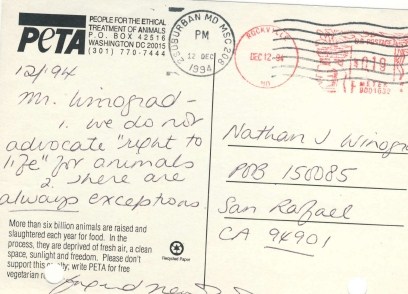
Postcard to Nathan from PETA’s Ingrid Newkirk, stating PETA doesn’t advocate “right to life” for animals
Taking it out on the road
Nathan Winograd is currently on a 27 city tour with his film, Redemption: The No Kill Revolution in America. The film is an inspirational, uplifting portrayal of what we can accomplish when we reject killing and implement common sense alternatives; about the tremendous lifesaving change that follows when shelters believe in the community and trust in the power of compassion. Above all, it is about love, and Nathan has named this the “No Kill is Love” tour. It’s also a very cool film; Henry Bergh’s story and time is reenacted by actors who do a great job communicating what a seminal, game-changing revolutionary Bergh was in the animals rights and protection arena.
In New York City, where I caught the screening that was the catalyst for this story, the film was attended by the Deputy Mayor, the Deputy Health Commissioner, the City shelter director, and the shelter’s veterinarian. In Nashville, it was attended by the deputy shelter director and health department officials. In Phoenix, we had a member of the Board of Supervisors and in Las Vegas, several Board members and the shelter’s director were there. In Sacramento, the heads of four of the five surrounding shelters were in attendance. In fact, the film itself was sponsored by the City of Sacramento shelter. More than ever before, No Kill is gaining the attention of people in life and death decision-making positions and that means good things and a brighter future for our animal friends. For more information on the film and where a screening might be near you, go here.
Once a year in Washington, D.C., the No Kill Advocacy Center brings together the most successful shelter directors in the country, the most progressive vets in the country, the most successful shelter reformers and animal law attorneys for a national conference. Shelter directors can attend for free. 900 people from 44 states and 10 countries attended last year. There, shelters have access to people who will help them overcome any challenges they face along the way. There’s also a free guide on the NoKillAdvocacyCenter.org website and model policies they’ve sent to shelter directors on request.
When I met Nathan Winograd, saw his film and learned about this movement, I felt like I’d met a rock star. His unwavering commitment to ending shelter killing, despite threats and discrediting haters (and you’ll find plenty of those on the internet); his determination to teach a new way and the success he and others who have been inspired by him have achieved thus far, is nothing short of extraordinary. One day, in the not-too-distant future, we will stop seeing those awful pictures of that look of fear on an animal’s face who’s about to taken to the kill room. Will there always be work to do to clean up our shelters and make sure they are as protective and nurturing an environment as possible for animals who, by no fault of their own, have found themselves in that situation? Of course. But, protecting their right to life will have been a monumental step in the right direction. It’s happening. “When a movement becomes bigger than you, you know it’s successful,” Winograd enthuses. “There are people advocating for No Kill who’ve never heard of me, and that’s great!”
Winograd’s in-depth information about the No Kill Equation is available on his website. His book, Redemption, is available here.
This issue has sparked a lot of dialogue. What are your thoughts on pet overpopulation and achieving a no kill country? Is there a kill shelter in your community? Can you help? Please share with me in the Comments. Thanks!







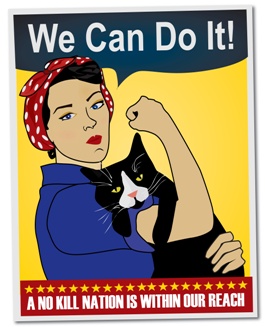
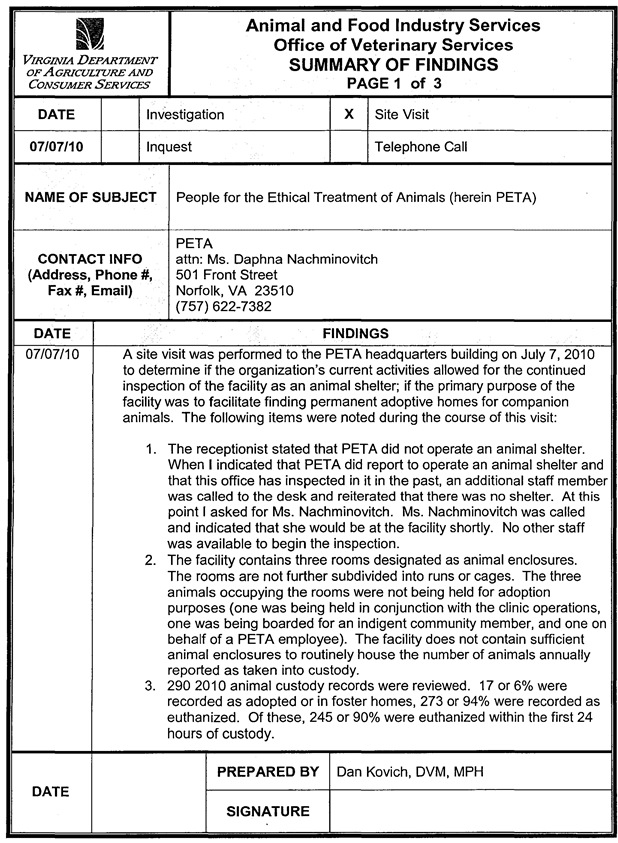

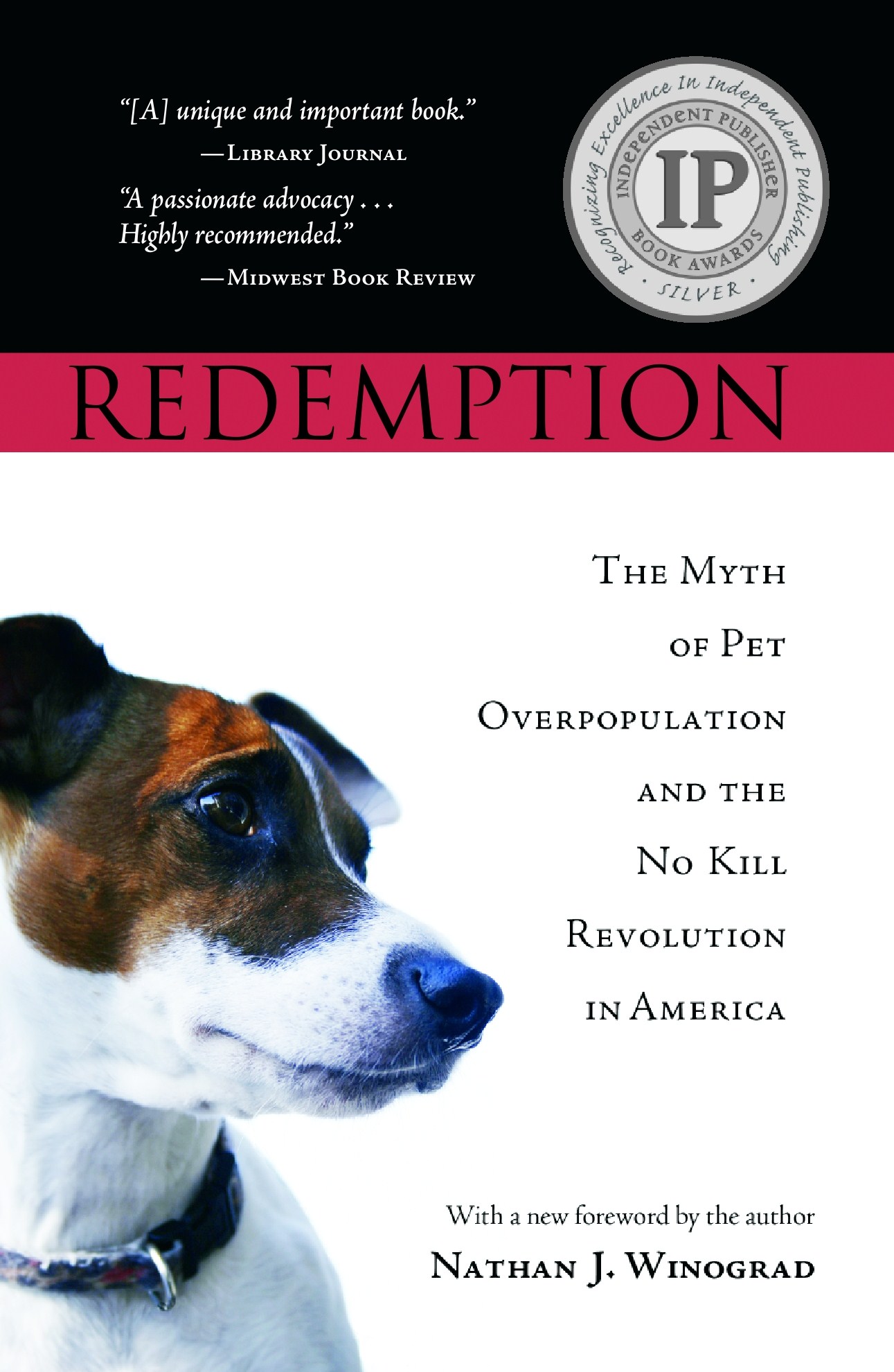

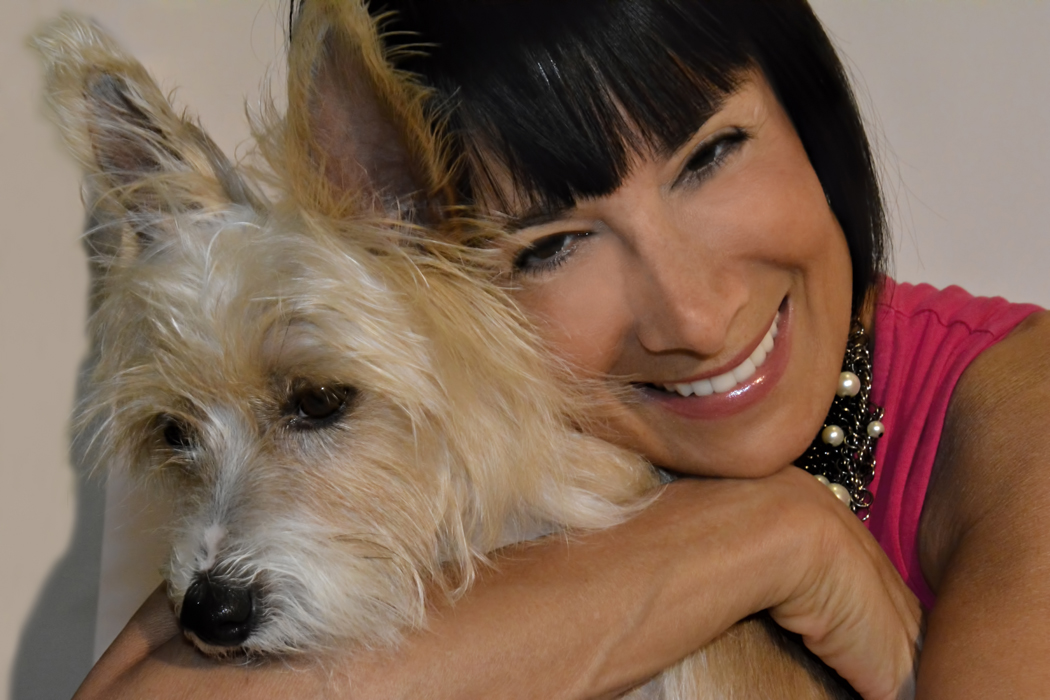

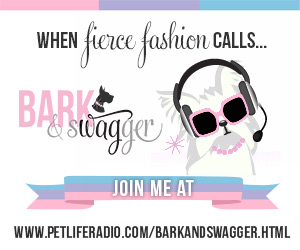
JODEEEEEEEEEEE (I know you spell your name Jody, but that is me shouting your name from the mountain tops!!!)
I can’t tell you how excited I am to find another BP member that believes in and supports the no kill movement! On a whim in 2012, I wrote Nathan and asked him if he’d speak at a conference if I hosted one. I had no staff, no budget, only the belief that the message he shares is one that we needed in North Texas! He agreed and within the week, I had a full speaker schedule; the workshop sold out with more than 300 in attendance.
With the proceeds I had left over from the first workshop, I hosted a 2nd in 2013 and was able to film this one. Currently, the team in Austin manage the largest no kill community in the U.S. so, if you’d like to take a virtual tour of the Austin Pets Alive! facility, you can!
You’ll also want to *meet* Sgt. Karl Bailey, a 22 year police veteran who transformed his (former high kill/gassing) shelter to no kill the day he took command, Kelli – a sweet school teacher who took on City Hall to make her city no kill after they wrongly killed her beautiful Kenzi, Cheryl, a former EMT who made her county shelter no kill, and Michael who made it happen in Rockwall, I’ve got their stories for you starting here (more than 20 posts): http://pawsitivelytexas.com/category/homeless-pet-project/
Not everyone can travel to a no kill shelter, but now through blogging, social media, and sharing the news that there IS an alternative to killing, we will be the generation that saves the pets in shelters throughout the USA!
Feel free to message me anytime you wish to discuss further! Thanks so much for helping get the word out that no kill is indeed possible!
Hi Alva! Nice to meet you! Thanks so much for this. Will definitely check out. Nathan is so so inspiring and the movement is such a gift to shelter animals and us. If there’s anything I can do, pls don’t hesitate. Have a great rest of the weekend!
I like your info, and am enlightened, especially about PITA. They cause so much trouble for so many. Now I wonder about the agency called Angels. I wonder if they are for real. IS IT A scam to get our money? They always say they need any large amount for a surgery for some poor animal. I would give, but I don’t feel safe. Thanks for your work for our pets.
Hi Barbara – Thanks so much for your thoughts. Glad you like the story. I’m not familiar with Angels but most charities should be 501(c)3’s and, therefore, adhere to some reporting criteria that is accountable. If they aren’t a 501(c)3, I’d ask questions and see how you felt about the answers you receive. We do need to be careful. We want to help animals wherever we can, and we want to make sure our money is going to that cause.
This is such an important article – thanks so much!
I wrote an article for my private blog and for my Psychology Today blog on why getting a puppy from a responsible, small breeder – not a puppy mill, pet shop, etc – can be a reasonable choice for some people. I was vilified in no time as an evil person. How dare I buy a puppy when dogs are being killed in shelters!
I’m not sure if you mentioned this above, but shelters also bring in dogs from other countries. I am not at all surprised that killing in shelters is not necessary.
Purebred dogs and their breeders are not to blame for this! Most breeds have rescue organizations and responsible breeders always take the dog back if someone can no longer keep it; they rehome or keep the dog they bred.
Anyone who adopts from a kill shelter, I applaud you. But don’t treat those who purchase a puppy as immoral. Let’s put our energy instead into shutting down the kill shelters.
Hi Chou Chou – Thanks so much for sharing this. I appreciate what you’re saying. Sophie, our four year old Portuguese Podengo, came from a responsible breeder and I don’t regret a moment of that. She’s amazing. For me, knowing what I now know, I don’t think I would buy a dog ever again. After being involved in the pet industry for a couple of years now, I’ve learned so much about just how many dogs, pure breeds and mixed, are out there looking for a home. There’s no responsible breeder making sure a good home is found or deciding to keep the dog themselves. And, if you’re talking municipal shelters, where they do regularly euthanize, you see their little faces in those cages and just want to take them all home! But, that’s me. I’m not here to judge someone buying a dog from a good breeder. It’s the irresponsible ones, the puppy mills and the pet shops that buy from them that need to be abolished. And yes, the No Kill Movement is critical to ensuring our companion animals HAVE a life to live, a God-given right to us all. Thanks, Chou Chou!
Excellent information Jodi. I believe educating pet owners & holding them accountable is the key to reducing the astronomical numbers of homeless animals, and is the most important action. What can be done to make people see that a pet is for life, not for as-long-as-I-feel-like-keeping-him? Every pet owner who has dumped a pet or otherwise failed to prevent them from ending up in a shelter in the first place is to blame for the heartbreaking euthanasia rates. If so many people didn’t treat their pets as disposable items perhaps we wouldn’t even need shelters – will that day ever come? Do we dare to imagine that?
Love & Biscuits,
Cathy, Isis & Phoebe
http://www.dogsluvusandweluvthem.blogspot.com
Hi Cathy! Thanks so much for this comment, as well as your comment on Part One. I think one of the tenants of the No Kill Equation is for shelters to stop blaming the public and get creative about how they work within their communities. I see it as a combination of educating the public and the shelters becoming more proactive. The numbers don’t lie; pet overpopulation does not exist. Even HSUS has now admitted as much. Our shelters need to do more, find more inventive ways to capture the attention and hearts of their community. I think that’s happening, as well. This movement is rapidly growing and maybe one day in the not-too-distant future, we will have no kill shelters. Will we ever have no shelters? I don’t know. I’d love that, like you.
True! Two tenants of the no kill initiative speak to this subject: high volume/low cost spay/neuter programs and community partnerships. In this video (link below) about how Austin Pets Alive! worked with the Austin Texas shelter, Patty explains the P.A.S.S. program they created to help keep pets from the shelters. With my Facebook page, PawsTexas, we’ve assisted Patty in raising funds families needed for medical care as well as rental deposits – and find homes for pets whose people were terminally ill or died. Oftentimes pet parents hit a wall, don’t know there may be available resources to help them, and think (wrongly) that if they take their pet to the shelter, someone will adopt and give them a loving home. In Texas, owner surrenders can be killed immediately upon surrender, but many never tell the owners that.
There are two pet food pantries here in NTX and also several low-cost spay/neuter and vaccination organizations. Innovative programs and community partnerships with shelters makes a difference.
Watch this short video about APA’s innovative and life-saving programs:
http://pawsitivelytexas.com/how-austin-texas-became-a-no-kill-animal-shelter/
thanks, Alva!!
Another brilliant article, Jody! Your passion for the No Kill movement shines through in this heartfelt piece. I know your Jasper is a constant source of inspiration (for this and many musings)! Keep up the good work, sweet friend 🙂
Thank you so much, Ashleigh! I’m new to learning about No Kill and, yes, passionate! 🙂 When we look at Jasper, we see possibility realized through adoption into a family who cares, something I wish for all pets looking for homes; something you gave to Daisy. Hugs to you and the family. xxx